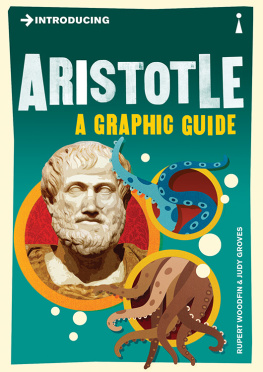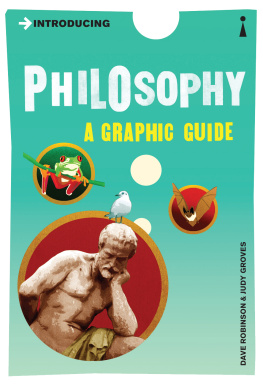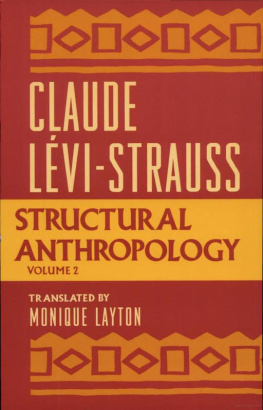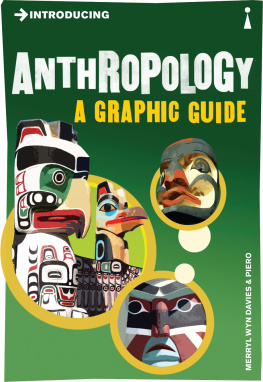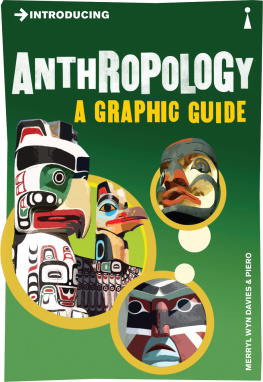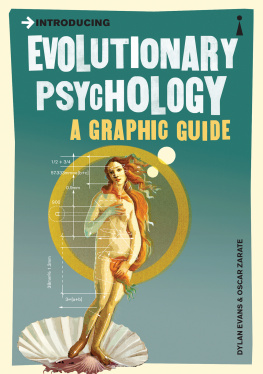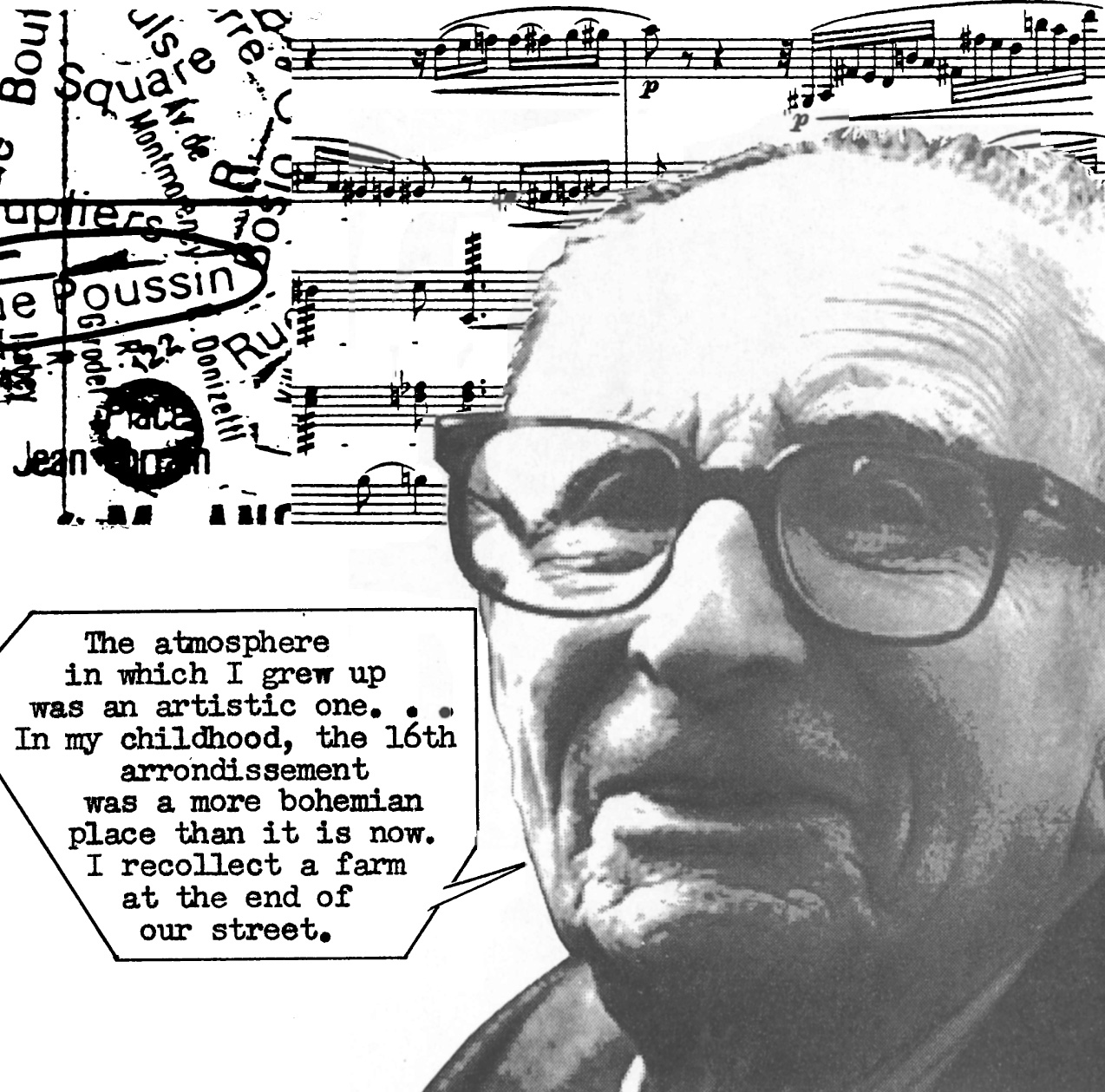When, in our own societies, we notice customs or beliefs that appear strange or that contradict common sense, we explain them as the vestiges or the relics of archaic modes of thought. On the contrary, it seems to me that these modes of thought are still present and alive among us. We often give them free rein of expression, so that they have come to co-exist with other, domesticated, forms of thinking, such as those that come under the heading of science.
Lvi-Strauss has elaborated new theories in nearly all the key domains of anthropology. In doing so, he has also put into place a general theory of culture which emphasizes the importance of hidden structures, analogous to a kind of syntax, operating behind the scenes.
The origins of Lvi-Strausss thought lie ultimately in the rainswept forests of the South American continent, home to the Caduveo, the Bororo and the Nambikwara. It was there that his encounter with primitive man first took place.
Claude Lvi-Strauss was born in Brussels in 1908. He was brought up in Pariss 16th arrondissement (where he still lives today) in a street named after the artist Nicolas Poussin (15941665), whom he came to admire and write about. His father was a portrait painter and his great-grandfather on his fathers side, Isaac Strauss (born in Strasbourg in 1808), was a violinist, composer and conductor who worked with Berlioz and Offenbach.
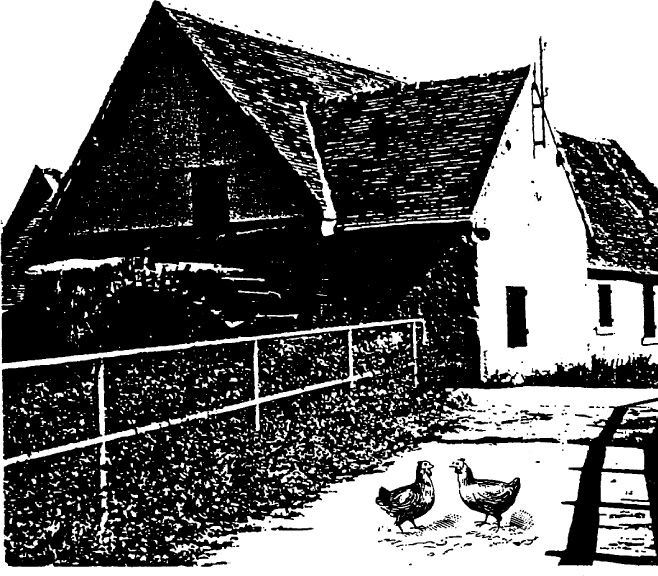
The atmosphere in which I grew up was an artistic one In my childhood, the 16th arrondissement was a more bohemian place than it is now. I recollect a farm at the end of our street.
In 1914, when the Great War broke out and his father was conscripted, Lvi-Strauss went to live with his mother and her sisters in the house of his maternal grandfather, the chief rabbi of Versailles.
He studied law, then sat the agrgation in philosophy, which he taught in a secondary school (a subject still taught in French secondary schools today) until 1935.
I began reading Marx for the first time at the age of 17.
Among those preparing for the agrgation at the same time as Lvi-Strauss were Maurice Merleau-Ponty (190861) and Simone de Beauvoir (190886). French philosophy at the time was marked by its neo-Kantianism, and many traces of the thought of the great Enlightenment philosopher Immanuel Kant (17241804) can be found in Lvi-Strausss work.
In 1935, disillusioned with philosophy, Lvi-Strauss accepted an offer to become a lecturer in sociology at the University of So Paulo in Brazil.
At the end of that academic year, I carried out, together with my wife, my first ethnographic expedition in the Matto Grosso region of Brazil.
This was his first encounter with the Bororo and the Caduveo whose unique mode of artistic expression a complex form of body painting he later analyzed in great detail.
I thought I was re-living the adventures of the first explorers of the 16th century. I was once again discovering, but with my own eyes, the New World. Everything seemed fantastic to me: the landscapes, the animals, the plants. [CL-S]
It was during a later expedition in 1938 that Lvi-Strauss carried out field research among the Nambikwara, a semi-nomadic group with whom he lived for several months.
They were so destitute that a familys entire possessions could be contained in a single basket carried on a womans back. They went about naked and slept on the bare ground.
Lvi-Strauss had discovered the noble savages celebrated by Jean-Jacques Rousseau (171278) and other 18th century Enlightenment philosophers.
After these two trips, however, Lvi-Strauss was soon to discover that he was more suited for the work of the cabinet anthropologist (ethnology) than for field work (ethnography).
But I was soon to return to America, this time for a different reason-the Second World War and the Nazi threat!
It was in the New York public library in 1943 that Lvi-Strauss, then a Jewish refugee who had fled the German invasion of France, began work on what became his doctoral thesis and first book: The Elementary Structures of Kinship.


